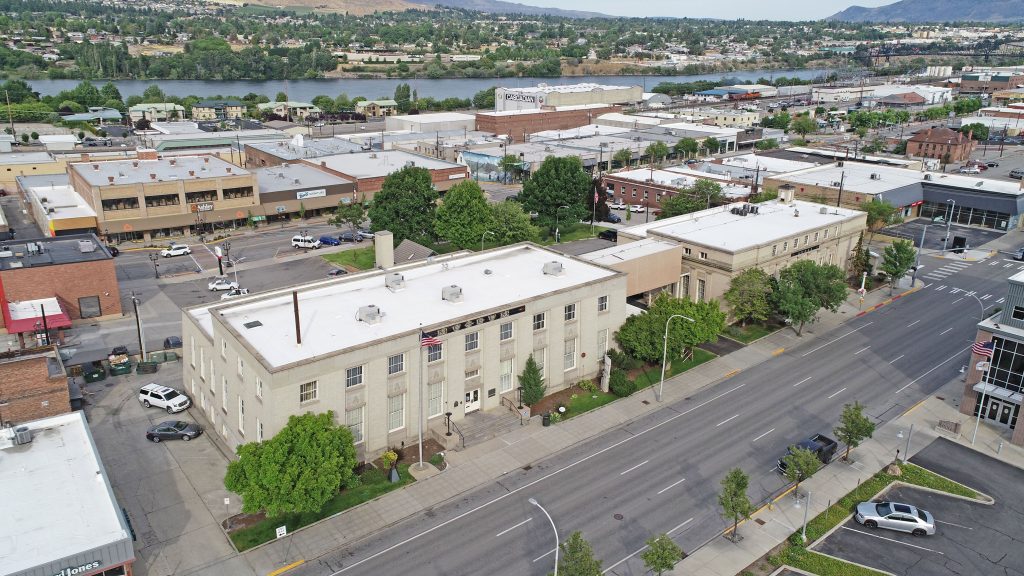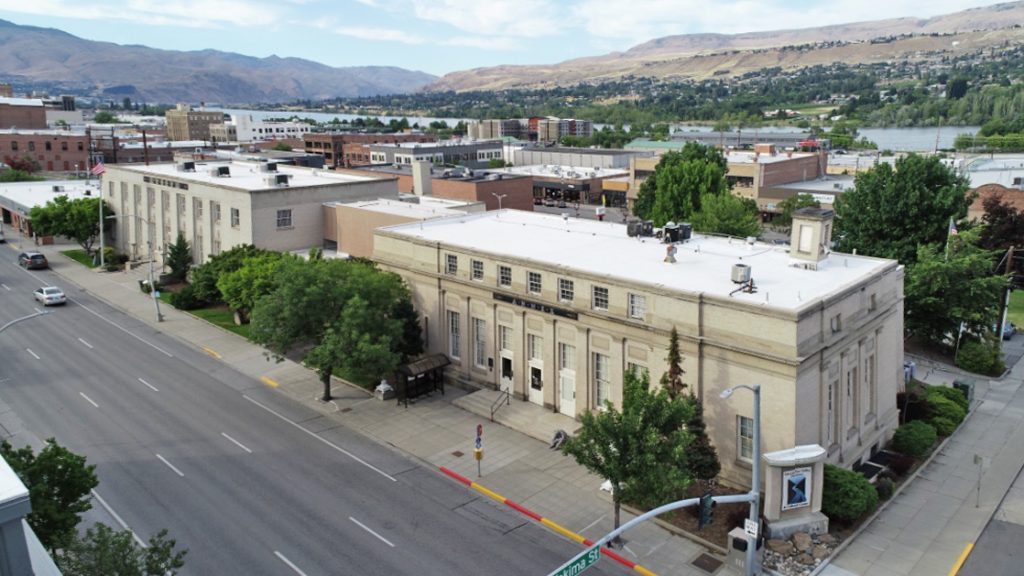




Location: Wenatchee, Museum
Client: Wenatchee Valley Museum & Cultural Center
Cost: $19 million (construction)
Size: 40,500 SF
Completion: Estimated 2026
The Old Wenatchee Post Office and Annex buildings are representative of the growth in the services and influence of the federal government in a rural Eastern Washington agricultural community. The two historic buildings include a 1918 U.S. Post Office now referred to as the Annex, and a newer 1938 U.S. Post Office which is now known as the Main Building. In 1976, the Wenatchee Valley Museum and Cultural Center (WVMCC) began the conversion of the buildings into a regional museum, including galleries, exhibits, meeting spaces, offices, and other spaces in support of the Museum’s mission.
In 2021, the WVMCC sought proposals for planning, assessment, and improvements to the Museum. Contracted as a sub-consultant, Richaven served as the Historic Architect to provide guidance for the design team on best treatments regarding historic building materials on the exterior of both buildings and interior historic building materials, and other features. Richaven also completed a building condition assessment using in person observations, digital imagery, and drone footage. As the project reached construction, Richaven led the design team through the historic review process per the building’s designation as a local, state, and national landmark, potentially including Historic Tax Credit approvals.
Specific technical preservation issues include:
- Multiple failures of sealants and sealants installed in
inappropriate locations (i.e., at masonry joints) - Mortar failure and inappropriate mortar repair materials at
the brick and stone, especially at parapets - Stone deterioration due to embedded mild steel
- Wood deterioration, paint, and sealant failure at the
windows - Deficiencies at the bridge connecting the two buildings at
the second floor, including corrosion at the steel structure,
gaps at the enclosure, and potential water damage to the
stucco cladding - Historic interior finishes include gypsum plaster, marble
wainscoting, woodwork, and mosaic floor tiles - Original architectural metals include wrought iron gates
and railing, bronze door grills and frames, mailboxes,
directories, bulletin board frames and lettering
